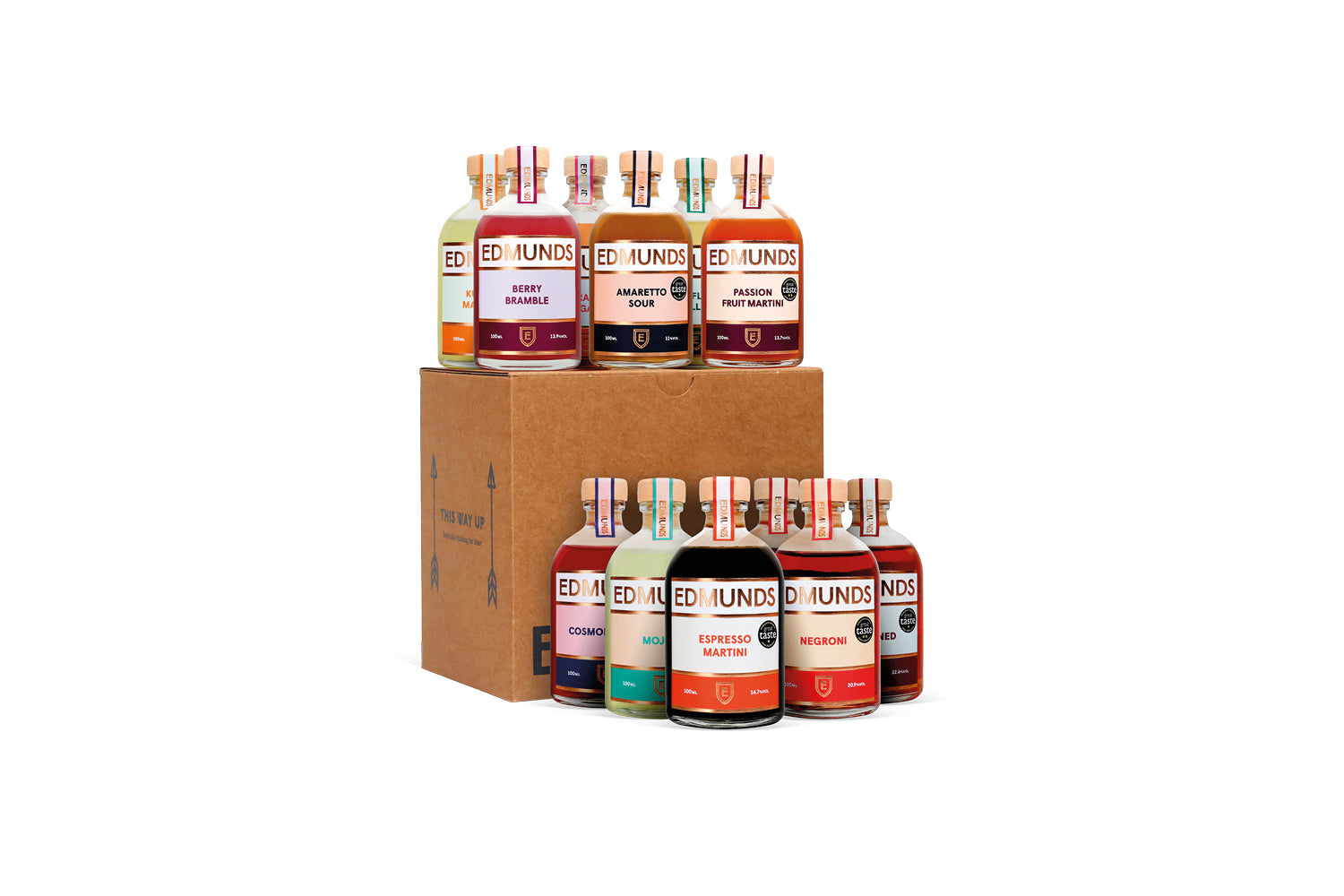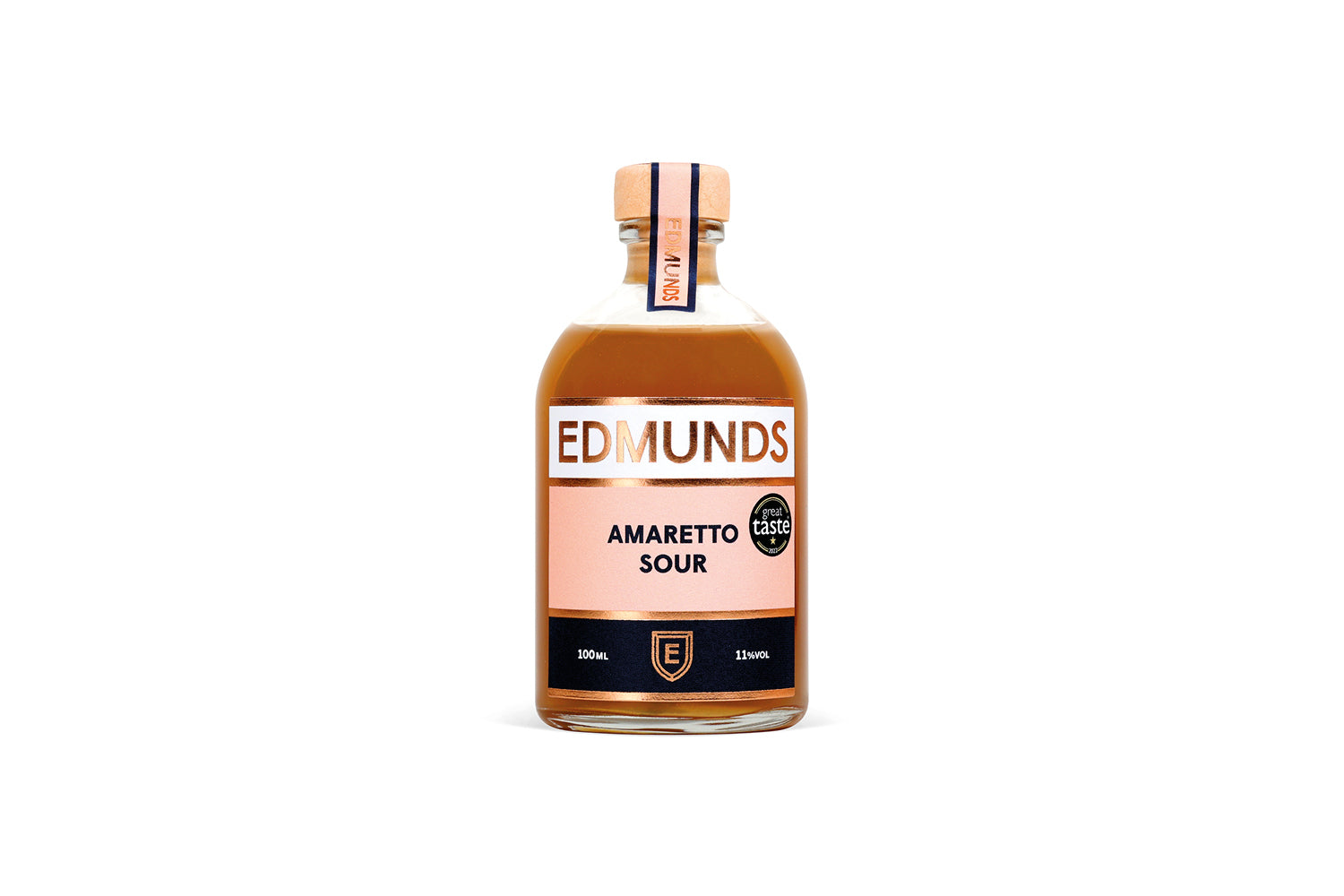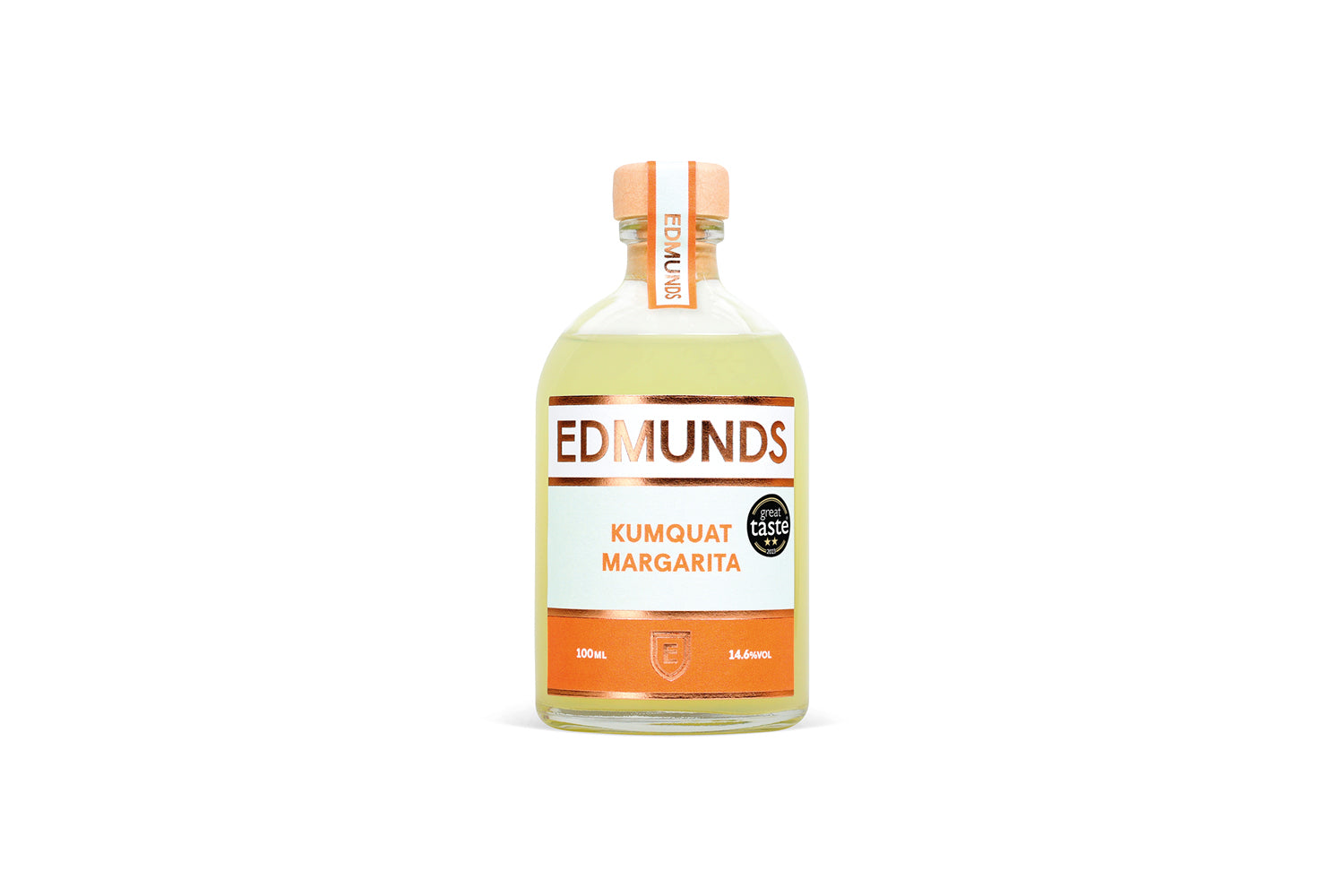Back in the 1970s, there didn’t appear to be a home in the country without a ginger beer ‘plant’* bubbling away under the stairs. Not surprising, given that each plant spawned a new starter every week that was passed on to an unsuspecting neighbour in a beverage-based pyramid scheme that likely achieved 100% market saturation in a matter of months.
The original herbal tonic
The global thirst for ginger-based drinks can be dated back to medicinal tonics originating in eleventh-century China. Through the ages, ginger has been widely used as a natural remedy for nausea, indigestion and inflammation, as well as cold and flu cures; the Chinese believed that it was a natural balancing agent and used it as an aid to general wellbeing.
As trade routes expanded, so ginger found its way to Europe where it was incorporated into a variety of beverages. In the eighteenth century, English settlers in the Caribbean experimented with fermented ginger drinks, producing a prototype ginger beer that became a popular alternative to alcoholic beverages, especially sailors who also found it helped alleviate the symptoms of seasickness.
Bucking the trend
Beverage manufacturers started to produce ginger beer commercially in the nineteenth century, after which it quickly became a favoured choice for mixologists looking to add a fresh twist to traditional cocktails.
Made popular in the 1940s, the Moscow Mule is an iconic bar cocktail and belongs to the ‘Buck’ category – spirit + ginger beer/ale + citrus juice – a type of drink that was prevalent in Prohibition-era America. Origin stories vary but the general consensus is that a Smirnoff importer called John G. Martin concocted a marketing plan with Jack Morgan, a friend and bar owner, to launch a mixed drink made with vodka, lime juice and Morgan’s own ginger beer.
The Moscow Mule had a striking USP – the hammered copper mug used to serve it, apparently produced by Morgan’s girlfriend. Martin was evidently a genius at promotion. Sales of the drink shot up when he used a recently released Land Camera to take polaroids of bar tenders serving Moscow Mules to customers.
Beer or ale?
In the late nineteenth century, ginger beer production evolved into two separate strands in response to the temperance movement. Ginger ale began to be positioned as a non-alcoholic alternative to ginger beer (which, admittedly, had a low ABV but still contained some alcohol), getting its bubbles from artificial carbonation rather than fermentation.
At the turn of the twentieth century, Canadian pharmacist John J. McLaughlin created his ‘Canada Dry’ brand of ginger ale. Following the repeal of Prohibition in 1933, this sweeter, less spicy drink became a popular mixer in Highballs with almost any spirit base.
Modern ginger beer formulations generally offer a smoother, sweeter taste than home-brewed recipes, but craft breweries and artisan drinks manufacturers are also producing small-batch ginger beers using natural ingredients and fermentation methods for a more traditional flavour.
Gingerbread
If you want to crank up the spice quotient for autumn and winter, gingerbread syrup is a handy bar staple. Infused with ginger, cinnamon and clove, it makes drinks instantly more festive.
You can make a praise-worthy seasonal martini by shaking vodka, gingerbread syrup, coffee liqueur and a shot of cold-brew espresso with ice – or you can conserve your energy and pick up a box of Edmunds limited edition Gingerbread Espresso Martini cocktails, knowing we’ve taken care of all the important details, from the premium Sapling vodka to the golden coffee bean garnish.
*If you really fancy making your own ginger beer – and plaguing your neighbours with weekly offers to share your starter – you might want to consult Nigella on the topic:










































































